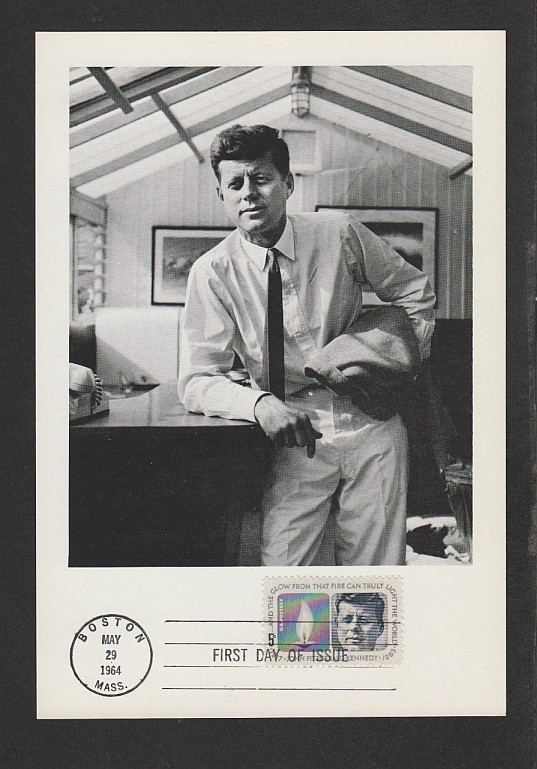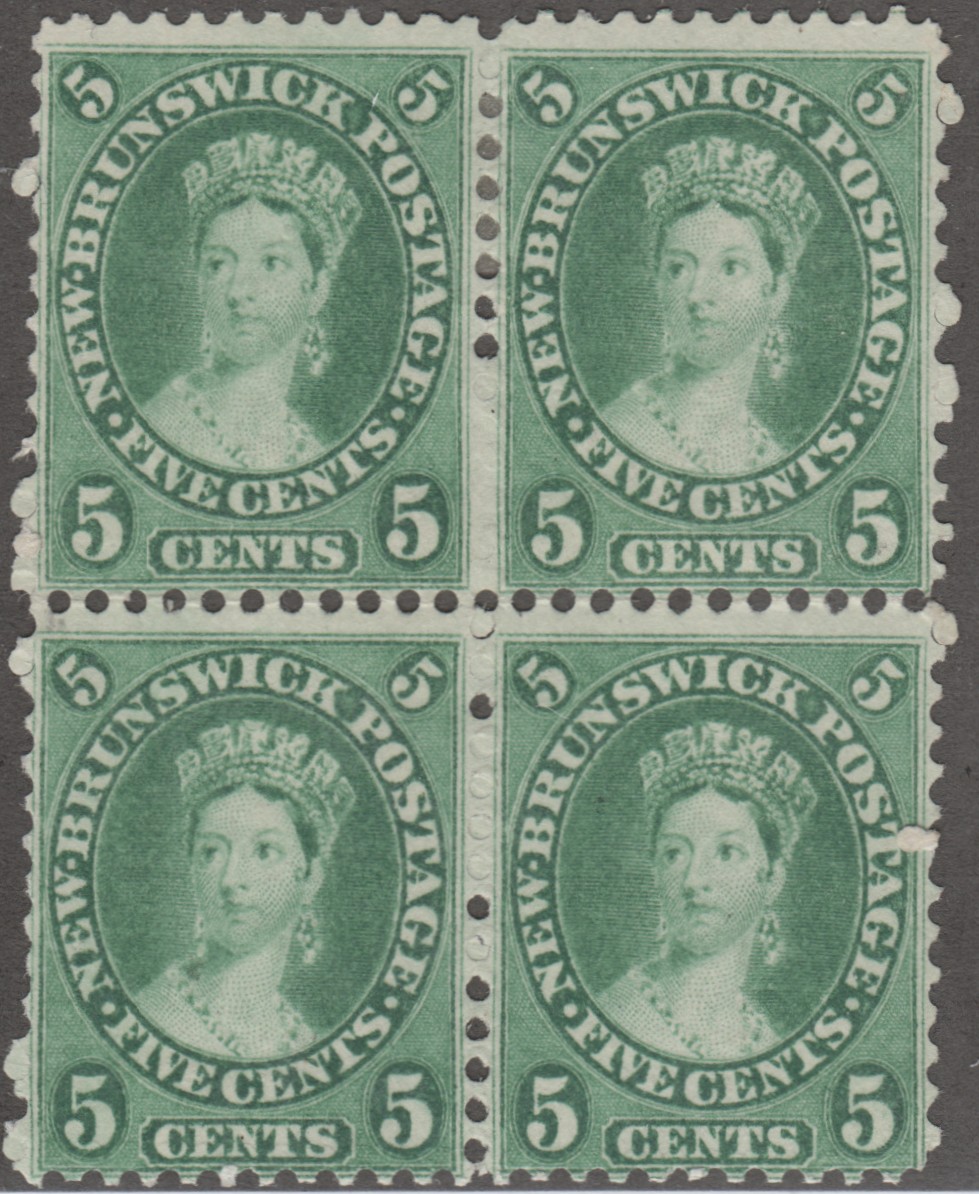
Discussion - Member to Member Sales - Research Center

Discussion - Member to Member Sales - Research Center

However specifically on the 2p green ( sheet stamp) with EME head, I have a number with 2 phosphor bands,all of which under short wave react with an ( as I see it ) blue afterglow.
However with one of these stamps the bands are visible under long wave illumination, but only when the light is actually illuminating the stamp ( i.e. there is no afterglow reaction when the light is switched off ).
My theory is that the formulations of the phosphor solutions differ, and there is another (non phosphor) ingredient in one of these which allows the long wave to illuminate the bands.
None of these stamps are dated so I cannot isolate this stamp from the rest using a postmark, and the "extra" ingredient may not define one colour of phosphor ( in other words they might actually all BE blue)- so it may not be an identifier. However it should be noted that this particular one-off stamp has a slightly shorter afterglow under s.w.
I don't have many really modern Machins most of mine date from the 70s and 80s so I don't have a great understanding of these- in fact I don't have a great number of other 2ps to examine.
Any theories or observations would be gratefully received.
As an aside I find that the battery powered s/w lamp I use is nowhere as good ( powerful?) as the mains desk top one I used ( until I dropped it on the study floor from a head high shelf !!). I know that the mains one required a great deal of care to use safely, but I do wonder whether the battery ones are up to all the nuances of stamp ID.
Malcoolm

Login to Like
this post
LWUV reaction shows flour-phosphors. phosphor is white, so colors are flour pigments added to ink mix. many printers were active.
this clear on definitives of france. white or yellow. germany uses a cartax wash - yellow all over.
the Harris albums show colors of bands in text ...
http://adminware.ca/machin/m_album.htm

Login to Like
this post
As I said in my post I am sure that the long-wave reaction is caused by a non- short wave phosphor reacting substance in the phosphor-soluble "ink", as this competely covers ( exactly) the area of the phosphor bands, but they still all look blue and I am not sure what "violet" phosphor looks like.
Blue and violet phosphor on Wildings are easily recognised by the residual time of the afterglow, but I am assuming that there is no correlation between Wilding and Machin blue and violet phosphors?
Most of these anomalies I am finding are frustrating as they are not on dated copies. In my early Machin days I tended to soak everything before looking at phosphors etc., and these are the ones I am looking at. This impatience has now come back and bit me on the butt. I know better now and tend to try to id the item before I go anywhere near the soaking tray, to try to narrow-down the options. Additionally I always keep any stamps with date-identifiable postmarks on piece.
Malcolm

Login to Like
this post

01:45:56am
" ... In my early Machin days I tended to soak everything before looking at phosphors etc., and these are the ones I am looking at. This impatience has now come back and bit me on the butt. I know better now ........."
I think many of us soaked first before trying to identify the early Machins. i admit I did and now I try to avoid relying on phosphor reactions if I can.

Login to Like
this post
Yes, the reaction to long wave UV light is usually fluorescence, and not phosphorescence, hence no afterglow will be observed under the "black light" lamp. I have found that those stamps with blue-ish afterglow which show fluorescence as well are described as "violet phosphor", the others as "blue phosphor".
-jmh

Login to Like
this post
Thanks Martin - I had sort of deduced that, but I wanted it confirmed.

Login to Like
this post
05:08:22pm
Am I the only person who cannot tell these apart ? They all look "blue" to me, but I want to set up "control" copies using damaged stamps.
However specifically on the 2p green ( sheet stamp) with EME head, I have a number with 2 phosphor bands,all of which under short wave react with an ( as I see it ) blue afterglow.
However with one of these stamps the bands are visible under long wave illumination, but only when the light is actually illuminating the stamp ( i.e. there is no afterglow reaction when the light is switched off ).
My theory is that the formulations of the phosphor solutions differ, and there is another (non phosphor) ingredient in one of these which allows the long wave to illuminate the bands.
None of these stamps are dated so I cannot isolate this stamp from the rest using a postmark, and the "extra" ingredient may not define one colour of phosphor ( in other words they might actually all BE blue)- so it may not be an identifier. However it should be noted that this particular one-off stamp has a slightly shorter afterglow under s.w.
I don't have many really modern Machins most of mine date from the 70s and 80s so I don't have a great understanding of these- in fact I don't have a great number of other 2ps to examine.
Any theories or observations would be gratefully received.
As an aside I find that the battery powered s/w lamp I use is nowhere as good ( powerful?) as the mains desk top one I used ( until I dropped it on the study floor from a head high shelf !!). I know that the mains one required a great deal of care to use safely, but I do wonder whether the battery ones are up to all the nuances of stamp ID.
Malcoolm

Login to Like
this post

re: Blue and violet phosphors on modern Machins.
LWUV reaction shows flour-phosphors. phosphor is white, so colors are flour pigments added to ink mix. many printers were active.
this clear on definitives of france. white or yellow. germany uses a cartax wash - yellow all over.
the Harris albums show colors of bands in text ...
http://adminware.ca/machin/m_album.htm

Login to Like
this post
12:33:20am
re: Blue and violet phosphors on modern Machins.
As I said in my post I am sure that the long-wave reaction is caused by a non- short wave phosphor reacting substance in the phosphor-soluble "ink", as this competely covers ( exactly) the area of the phosphor bands, but they still all look blue and I am not sure what "violet" phosphor looks like.
Blue and violet phosphor on Wildings are easily recognised by the residual time of the afterglow, but I am assuming that there is no correlation between Wilding and Machin blue and violet phosphors?
Most of these anomalies I am finding are frustrating as they are not on dated copies. In my early Machin days I tended to soak everything before looking at phosphors etc., and these are the ones I am looking at. This impatience has now come back and bit me on the butt. I know better now and tend to try to id the item before I go anywhere near the soaking tray, to try to narrow-down the options. Additionally I always keep any stamps with date-identifiable postmarks on piece.
Malcolm

Login to Like
this post
Silence in the face of adversity is the father of complicity and collusion, the first cousins of conspiracy..
19 Jun 2018
01:45:56am
re: Blue and violet phosphors on modern Machins.
" ... In my early Machin days I tended to soak everything before looking at phosphors etc., and these are the ones I am looking at. This impatience has now come back and bit me on the butt. I know better now ........."
I think many of us soaked first before trying to identify the early Machins. i admit I did and now I try to avoid relying on phosphor reactions if I can.

Login to Like
this post
re: Blue and violet phosphors on modern Machins.
Yes, the reaction to long wave UV light is usually fluorescence, and not phosphorescence, hence no afterglow will be observed under the "black light" lamp. I have found that those stamps with blue-ish afterglow which show fluorescence as well are described as "violet phosphor", the others as "blue phosphor".
-jmh

Login to Like
this post
07:06:18am
re: Blue and violet phosphors on modern Machins.
Thanks Martin - I had sort of deduced that, but I wanted it confirmed.

Login to Like
this post

